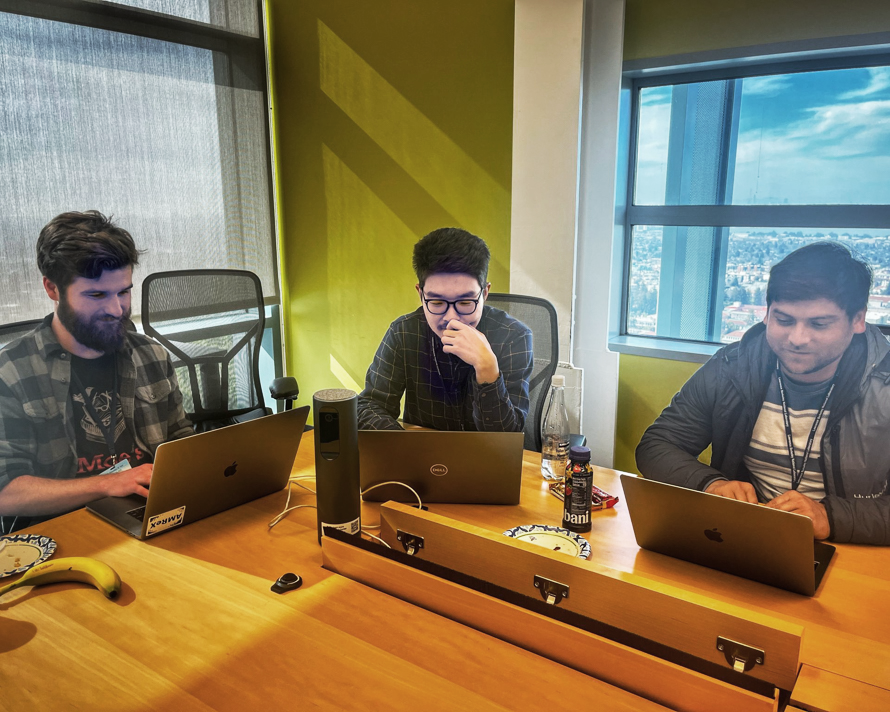On February 28, the Lawrence Berkeley National Laboratory (Berkeley Lab) hosted about 200 scientists as part of the first-ever 1,000 Scientist AI Jam, a pioneering event spanning multiple Department of Energy National Laboratories. Participants explored how cutting-edge artificial intelligence (AI) could accelerate breakthroughs in scientific discovery and national security.
Berkeley Lab joined eight other DOE Labs—including Argonne, Brookhaven, Idaho, Livermore, Los Alamos, Oak Ridge, Pacific Northwest, and Princeton Plasma Physics—to host 1,500 of the nation’s top scientists for this effort to explore AI’s ability to automate experiments, refine theories, assist with coding, and more.
Scientists worked individually and in small teams, each bringing domain-specific scientific problems to test the capabilities of AI models from OpenAI and Anthropic. This hands-on approach allowed researchers to assess AI performance in solving complex challenges and provided valuable data on model efficacy across diverse scientific tasks.
The insights gained from the jam session will inform advancements in AI-assisted scientific discovery. Future AI Jam sessions will expand to include models from other commercial AI research labs, fostering a broader ecosystem of AI-driven scientific research.
“AI is like a telescope that will give us a new perspective into the landscape of scientific research,” said Ana Kupressanin, Director of Berkeley Lab’s Scientific Data Division. “Just as the telescope revolutionized our understanding of the cosmos by allowing us to see beyond the limitations of the naked eye, AI has the potential to transform scientific research by enabling us to analyze and interpret vast amounts of data in ways that were previously unimaginable.”
“In the future, I expect these models to get better and better, and I’ll be able to use them for research planning, developing pieces of code, doing literature searches, or even developing theory,” said Jonathan Carter, Deputy Director of Berkeley Lab’s Computing Sciences Area. “This AI Jam is an important step toward that future, allowing us to collectively explore cutting-edge AI capabilities, share insights, and develop methodologies applicable across various scientific disciplines. By working together, we can ensure that AI becomes a transformative force in scientific research.”
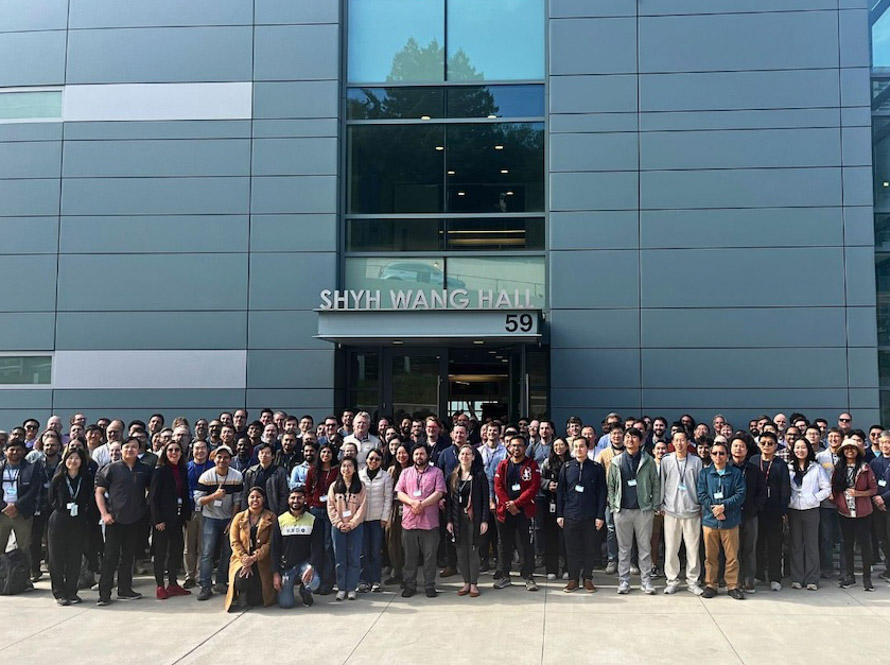
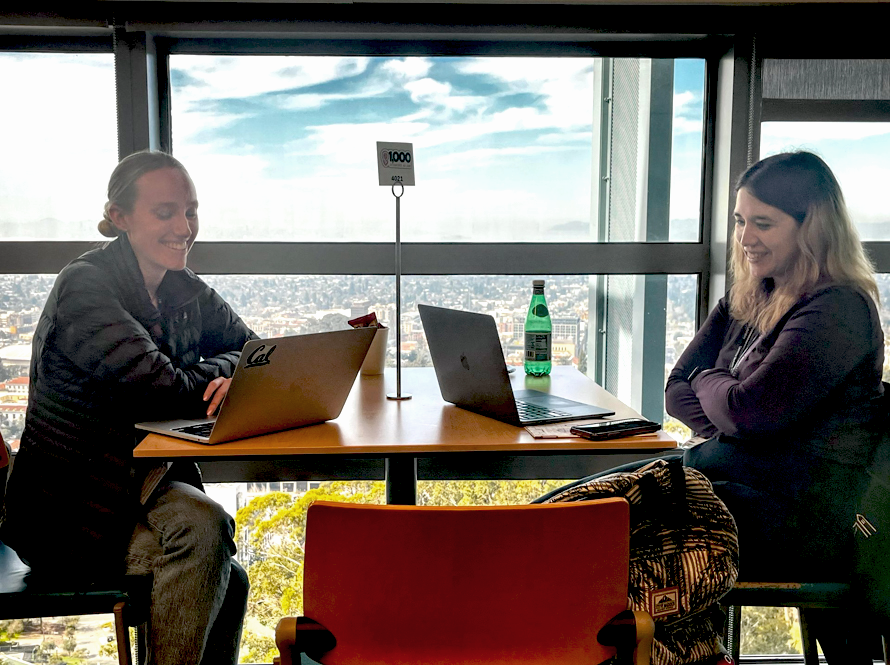
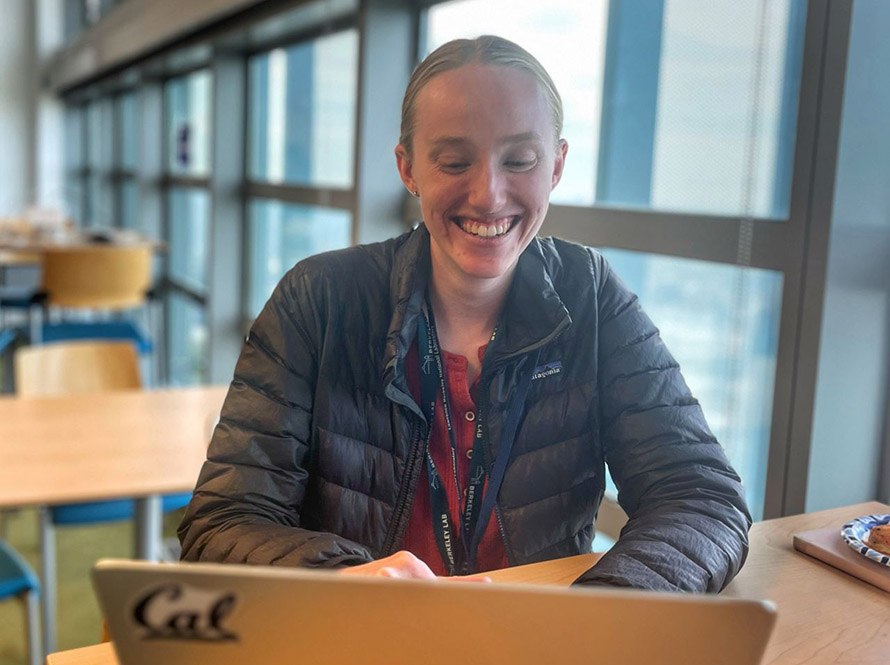

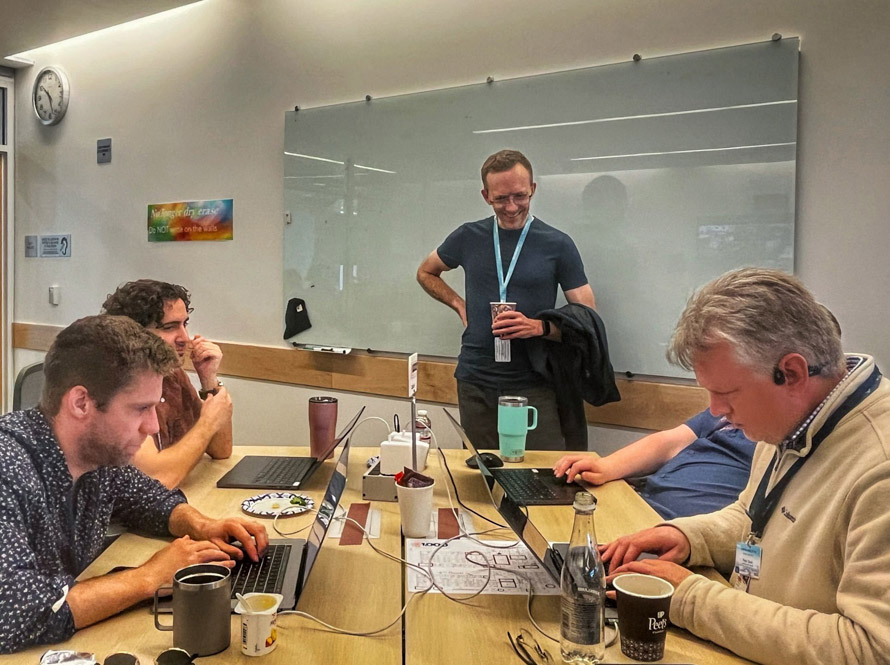
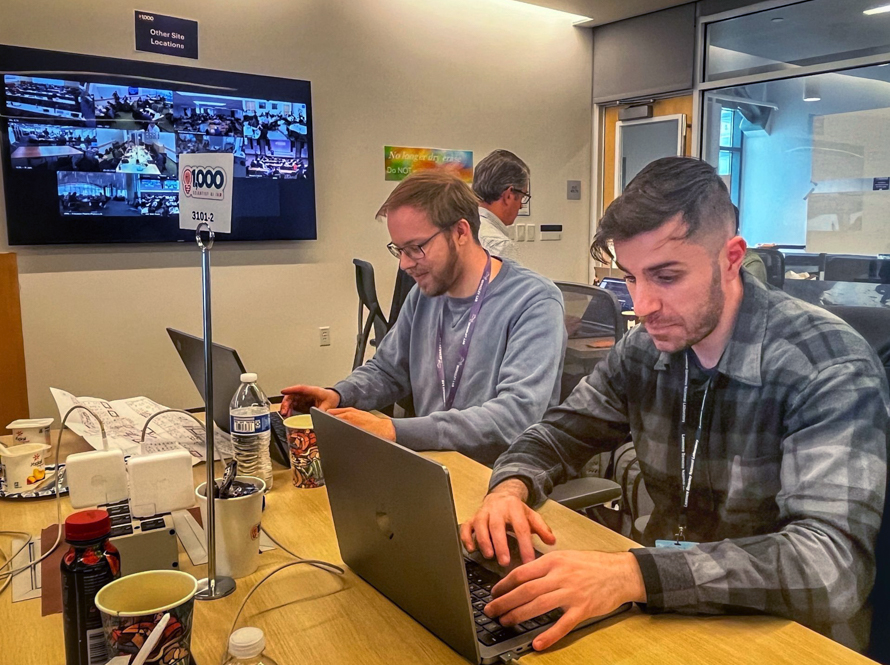
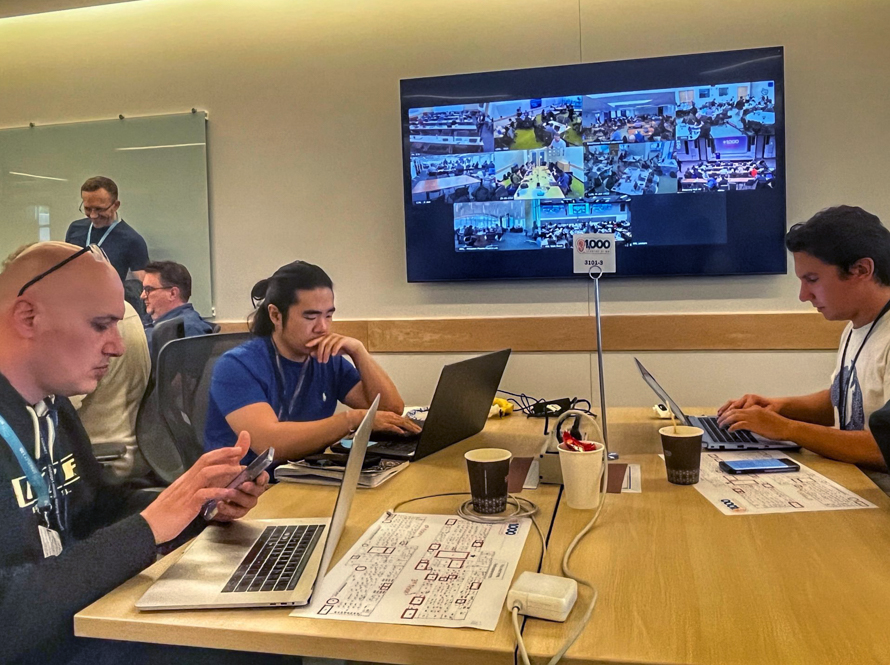
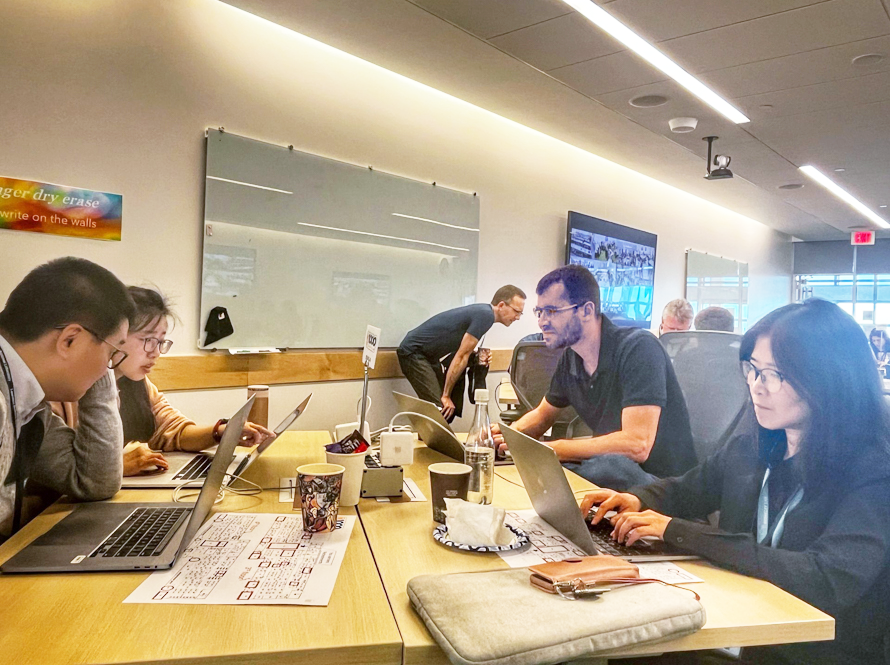
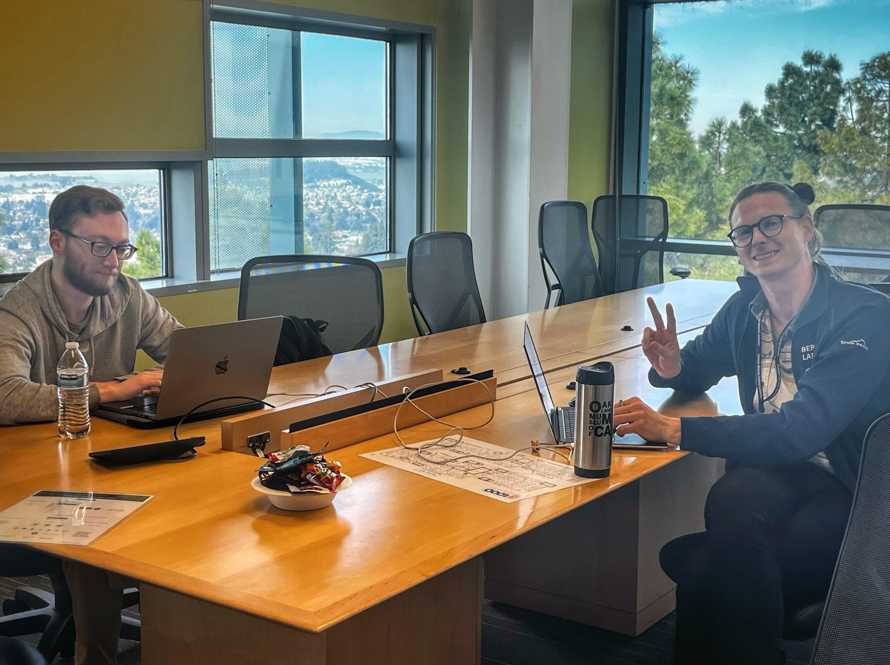


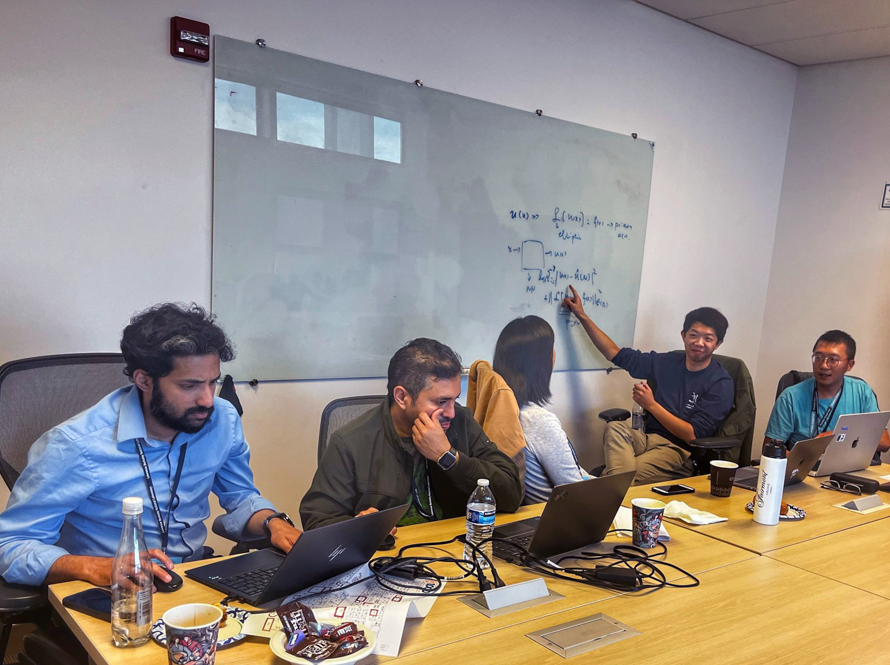
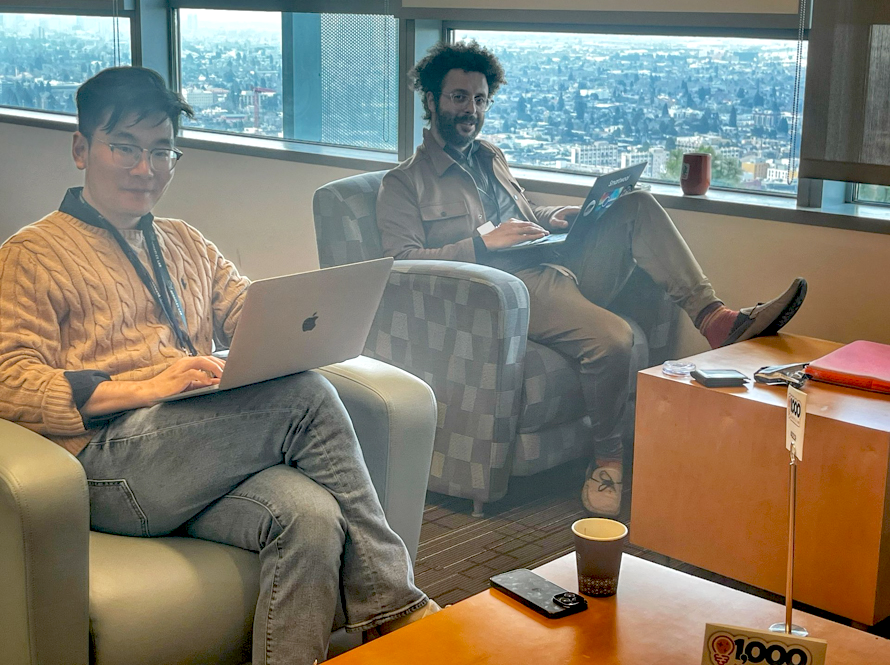
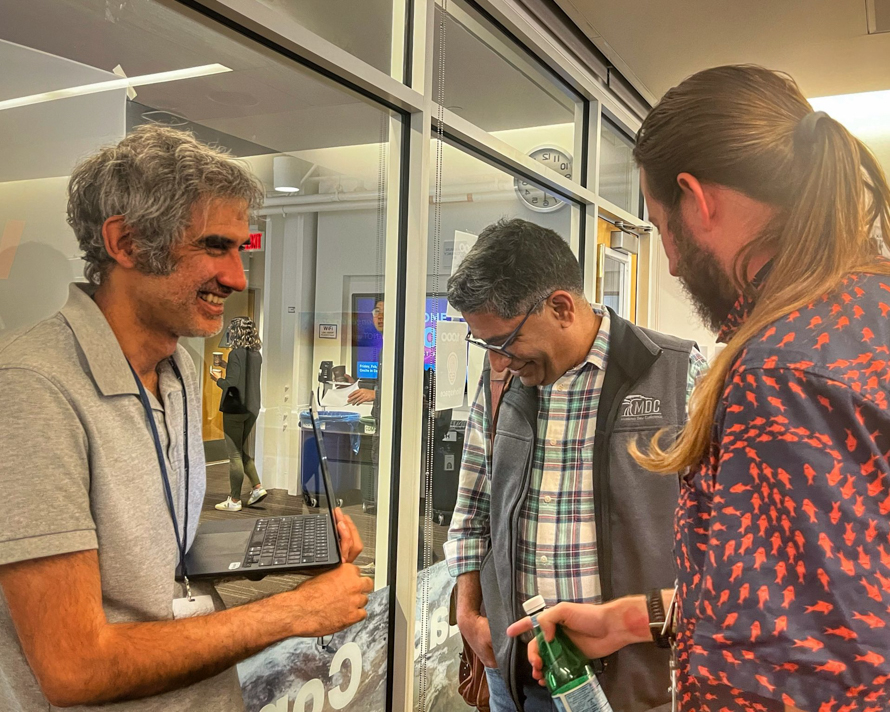
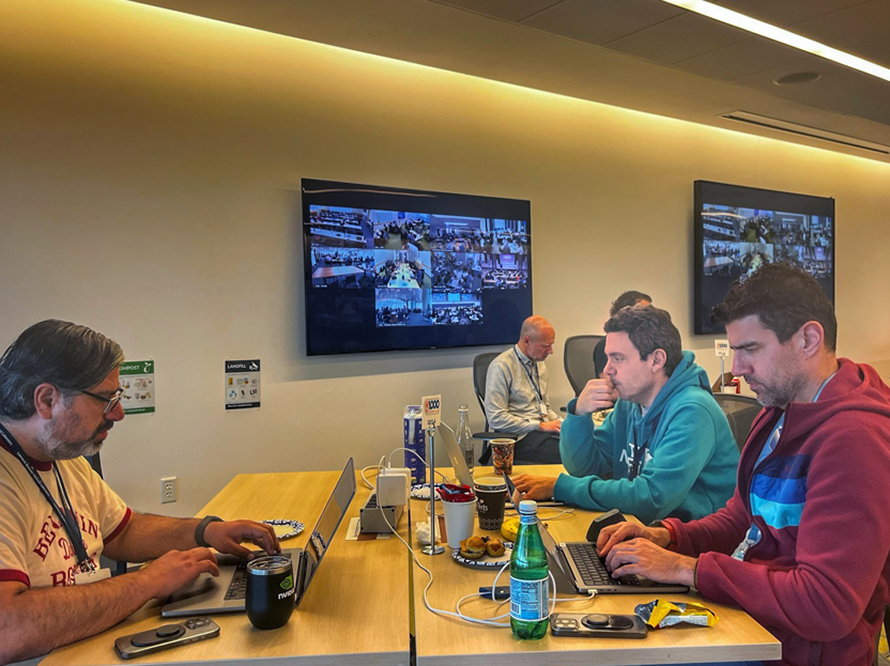
About Computing Sciences at Berkeley Lab
High performance computing plays a critical role in scientific discovery. Researchers increasingly rely on advances in computer science, mathematics, computational science, data science, and large-scale computing and networking to increase our understanding of ourselves, our planet, and our universe. Berkeley Lab's Computing Sciences Area researches, develops, and deploys new foundations, tools, and technologies to meet these needs and to advance research across a broad range of scientific disciplines.

